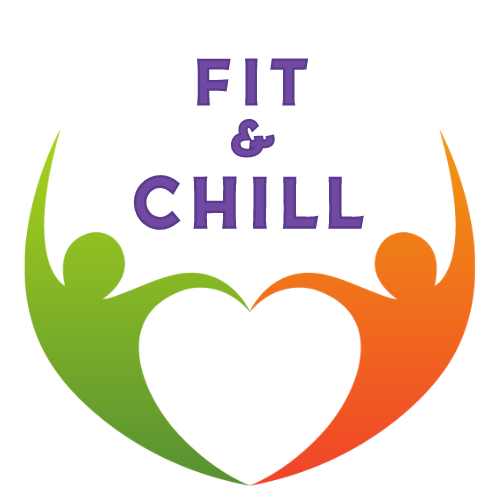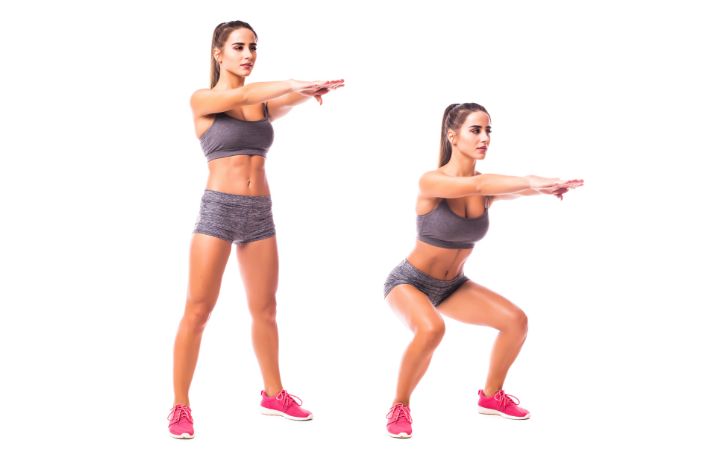Step by Step Guide
- Stand tall with your feet shoulder-width apart, toes pointed slightly outward, and arms by your sides or crossed in front of your chest.
- Tighten your abdominal muscles to stabilize your torso and maintain proper posture throughout the exercise.
- Initiate the movement by bending your knees and pushing your hips back as if you’re sitting back into a chair.
- Lower your body down towards the ground, keeping your chest up and your back straight.
- Aim to lower down until your thighs are parallel to the ground, or as low as you can comfortably go while maintaining proper form.
- Ensure that your weight is evenly distributed on your heels and midfoot, rather than on your toes.
- Press through your heels as you push back up to the starting position.
- Press through your heels to push your body back up to the starting position, straightening your legs and returning to a standing position.
- Keep your chest lifted and your back straight as you rise back up.
- Perform the squat movement for the desired number of repetitions, focusing on maintaining proper form and control throughout each repetition.
Benefits of The Squats
- Lower Body Strength: Squats are a compound exercise that targets multiple lower body muscle groups, helping to strengthen and tone the quadriceps, hamstrings, glutes, and calves.
- Functional Movement: Squats mimic movements used in daily activities such as sitting down and standing up, making them a functional exercise that improves overall mobility and movement efficiency.
- Core Engagement: Squats engage the core muscles to stabilize the torso and maintain proper posture throughout the movement, helping to improve core strength and stability.
- Improved Balance and Coordination: Performing squats requires balance and coordination, which helps improve overall balance and coordination over time.
- Calorie Burning: Squats are a compound, multi-joint exercise that recruits large muscle groups, making them effective for burning calories and contributing to weight loss and fat burning goals.
Tips for Beginners:
- Start Slow: Begin with bodyweight squats or squats using light resistance to master proper form before adding additional weight or intensity.
- Focus on Form: Pay attention to proper form, including keeping your chest up, back straight, and knees tracking in line with your toes throughout the movement.
- Control the Descent: Lower down into the squat with control, rather than dropping down quickly. This helps prevent injury and ensures proper muscle engagement.
- Gradually Increase Depth: Start by squatting to a comfortable depth, and gradually work towards squatting lower as your flexibility and strength improve.
- Use a Mirror: Performing squats in front of a mirror can help you monitor your form and ensure proper alignment of your knees and torso.



Leave A Comment